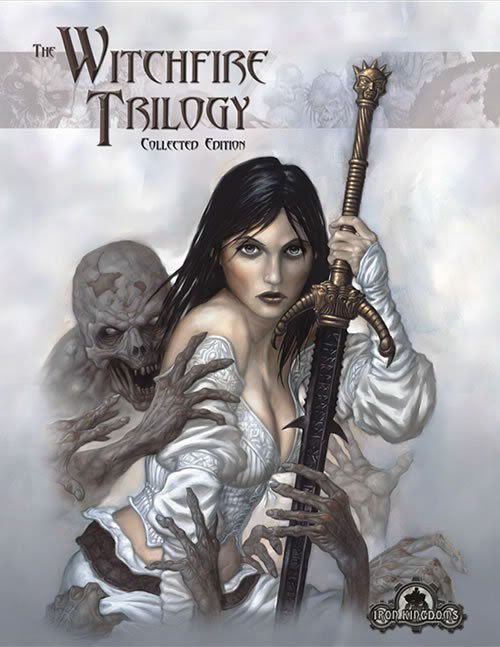After seeing this thread i reread the final encounter from The Longest Night adventure, while it has it's faults, i don't think it's the railroad from hell. Keep in mind that it's a new publishers first foray into (D20) publishing, and the adventure is six years old.
I think the biggest problem with the adventure was that they wanted to do to much with to little space. As a result encounters aren't as fully fleshed out as i would like, to random, to brief, to direct...
Some simple examples are:
- You get 1d4 guards if the party comes up with a good idea to slow down the undead army. I would go for "As many guards as there are PCs", lets each player 'control' a guard, makes it more fun for all players.
- You get 1d4 encounters/monsters. This makes life difficult for the DM, that either isn't enough or it's to much for the party. Use a number, playtest it, make sure it ain't to easy or to hard.
- The author tells you that something doesn't work (arrows don't hit during the dispelling ritual for example), doesn't give an explanation why, nor do the stats as provided explain the situation. After one read i had enough material to fix most of the authors faults with sound game mechanics/stats (invulnerability to arrows for example makes a whole lot of sense).
- Opportunities for heroism are left untouched. There are supposed to be a couple of battles with the Thralls and there are a two acolytes who are there to be killed. Why not combine the two, fight the Thralls to save the acolytes, if the PCs don't act swiftly or effectively enough the acolytes are killed by the Thralls. This simple change would make the PCs much more involved, making a difference (not to mention a couple of allies in future adventures).
The fact that the PCs decide whether to give the blade to Alexia or Oberon is a lot of influence for a 1st-3rd level party vs. a 10th lvl Sorceress and a 12th lvl Wizard. That either choice will end with Alexia holding the Blade is not something the PCs ought to know. I'm of the firm believe that PCs shouldn't be able to fight and defeat every 'monster' they encounter, such encounters shouldn't be often, but this is one of those.
I've been DMing for close to 18 years, starting from an extremely open ended DM style (This is the village you start in, what do you want to do?), i have learned that Players want to have some focus and guidance in a campaign. But they also appreciate the freedom to do what ever they want, even if that kind of kills the adventure. I still have players from my first 3E campaign reminiscing over the time they defeated three hordes of orcs and by defeating them against all odds, the DM turned about 50 pages of adventure with the comment "I won't be needing this anymore!". (Northern Journey for FR) DMing isn't about following the adventure exactly or even at all, it's a starting block for the players to make their own stories, if the players go off script, don't force them back on, improvise!
In short, the adventure needs some work to make it fun, but in my experience, most worthwhile adventures need some work to be fun...
I'm also curious what the differences between the 3E version and the compilation for 3.5E are. If i ever get my group motivated enough to play Witchfire i'll post my conversion notes ;-)

